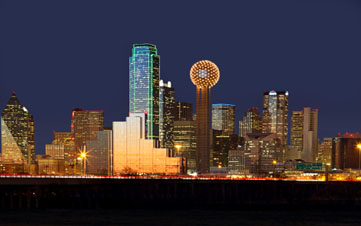
For growing families in search of a place to call home, finding an area that has a top-notch education system, safe neighborhoods and a low cost of living is a high priority. Jobs that allow parents to comfortably provide for their children are also a must-have.
To identify the Best Cities for Families, Kiplinger teamed up with Kevin Stolarick, research director at the Martin Prosperity Institute, a think tank that studies economic prosperity. All of the cities on our list have reasonable living costs, strong employment growth and a population that scores high on measures of education and tech-savviness. For families, we also factored in the student-teacher ratio in the public schools and the crime rate.
The cost-of-living index measures how expensive it is to live in a city; the national average score is 100. That means cities with a score below 100 have a lower-than-average cost of living. Nationwide, the median household income is $43,024, and median income growth from 2006 to 2011 was 11.1%. The national unemployment rate is 8.2%.
Check out our picks, and share your thoughts in our reader comment box below.
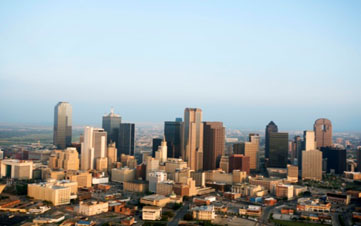
5. Rochester, N.Y.
Population (metro area): 1,054,323
Unemployment rate: 8.0%
Cost-of-living index: 98.6
Median household income: $51,434
Student-teacher ratio: 11.5
Rochester's iconic company, Eastman Kodak, may be in bankruptcy, but this area has family-friendly assets—including top-ranked public and private schools, a good economy (Kodak aside) that enjoys a low jobless rate, a park system designed by Frederick Law Olmsted, and a hiking and bike trail along the Genesee River. Living costs are below the national average, aided by affordable homes (median price: $87,899).
The presence of the University of Rochester (with its Eastman School of Music) and Rochester Institute of Technology add a youthful cultural vibe. Kid-friendly activities include visits to the National Museum of Play at the Strong and Rochester Museum and Science Center (which includes a planetarium), as well as the Seneca Park Zoo. Rather see sports? Check out one of the city's minor league teams for hockey (Rochester Amerks), baseball (Red Wings) or soccer (Rhinos).
YOUR TAKE: Share your favorite photos from around town, or tell us why you love your city.
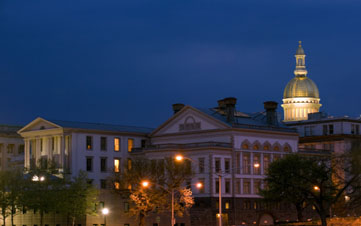
4. Dallas-Fort Worth
Population (metro area): 6,371,773
Unemployment rate: 6.8%
Cost-of-living index: 94.0
Median household income: $55,459
Student-teacher ratio: 14.8
Numerous corporations have located their headquarters in this northern Texas city. Many of their employees settle in the fast-growing northern suburbs of Dallas (such as Richardson, Plano, Allen and Frisco) for the good schools and homes with big yards and swimming pools (where the median home price runs $210,000).
The city's Arts District, the nation's largest, offers multiple venues, such as the Dallas Museum of Art, with activities and camps for kids. The Museum of Nature & Science will expand with a new facility that opens in 2013. Interactive exhibits will emphasize science, math, technology and natural history.
The car rules here, despite the Dallas Area Rapid Transit system. Commuters endure the fifth worst traffic congestion in the U.S. (in terms of wasted fuel and lost time, according to the Texas Transportation Institute).
YOUR TAKE: Share your favorite photos from around town, or tell us why you love your city.
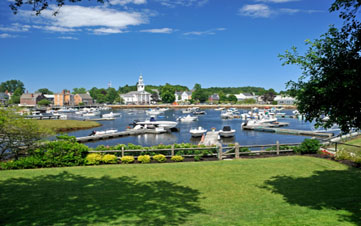
3. Trenton-Ewing (Princeton), N.J.
Population (metro area): 366,513
Unemployment rate: 7.6%
Cost-of-living index: NA
Median household income: $71,767
Student-teacher ratio: 11.5
For parents who work in Philadelphia and New York but don't want to raise their kids there, this is a prime location, located midway between the two. Many suburbanites also commute into Trenton for jobs in state government.
The big draw for families in Mercer County is Princeton (home to Princeton University) and its top-flight public schools. Families who can't afford pricier Princeton look to somewhat more affordable West Windsor or Plainsboro and Cranbury (in Middlesex County). Closer-in suburbs (such as Ewing, Robbinsville and Hamilton) offer attractive and affordable housing, but the trade-off may be paying for private school for the kids.
Many of Mercer County's communities are internationally diverse and progressive. Parents are highly educated and expect the same of their children, resulting in a highly competitive atmosphere. Mercer County also offers abundant, county-run recreation centers and is within easy driving distance of the Jersey Shore and the Pocono Mountains.
YOUR TAKE: Share your favorite photos from around town, or tell us why you love your city.
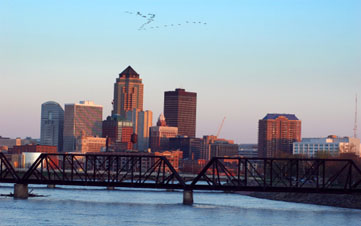
2. Manchester-Nashua, N.H.
Population (metro area): 400,721
Unemployment rate: 4.8%
Cost-of-living index: 119.9
Median household income: $68,513
Student-teacher ratio: 13.8
Set along the Merrimack River amid a classic New England landscape, these two former mill towns and surrounding communities are both affordable and livable. Although the median home price (about $195,000) exceeds the national median, so does the median income. New Hampshire residents pay high property taxes but no state income tax or sales tax. Families with school-age children tend to gravitate to nearby towns such as Bedford, Amherst and Hollis, where the schools outperform those in Manchester and Nashua.
Local event calendars are chock-full of family-friendly activities, including minor league baseball and hockey, as well as hands-on activities at the SEE Science Center and the Currier Museum of Art. Residents are within an hour's drive of the ocean, White Mountains and lakes region.
Workers enjoy a brief commute, while those who work in Boston pay for their New Hampshire lifestyle in driving time and Massachusetts state income tax. A first-rate regional airport with lots of direct flights to major cities is a boon for parents who travel for business.
YOUR TAKE: Share your favorite photos from around town, or tell us why you love your city.

1. Des Moines, Iowa
Population (metro area): 569,633
Unemployment rate: 5.0%
Cost-of-living index: 91.3
Median household income: $57,185
Student-teacher ratio: 14.5
A low unemployment rate, high-paying financial-services jobs and below-average housing costs allow Des Moines residents to enjoy a standard of living that's the envy of their friends in larger cities. Families can easily find a four-bedroom home with an attached garage in the $200,000 range.
Most families don't need to shell out extra money to pay for private schools. Des Moines' public schools offer small class sizes, and Iowa's test scores are above average. Rush hour is blissfully brief, an attribute highly valued by busy parents.
The city and suburbs are connected by more than 300 miles of bike and walking trails. In the summer, families can take in a minor league baseball game at Principal Park, home to the Triple-A Iowa Cubs. Brenton Skating Plaza, part of the 1.2-mile Principal Riverwalk that is scheduled for completion this year, is a popular wintertime destination.
YOUR TAKE: Share your favorite photos from around town, or tell us why you love your city.
Profit and prosper with the best of Kiplinger's advice on investing, taxes, retirement, personal finance and much more. Delivered daily. Enter your email in the box and click Sign Me Up.
-
 Holiday Tax Scams: 'Tis the Season to be Wary
Holiday Tax Scams: 'Tis the Season to be WaryTax Scams Navigating tax tricks of the holiday season may be daunting, but don't let that destroy your festive spirit
-
 Metro by T-Mobile Is Giving Away This Samsung Galaxy A16: Which Plans Are Eligible?
Metro by T-Mobile Is Giving Away This Samsung Galaxy A16: Which Plans Are Eligible?Metro by T-Mobile is offering free Samsung Galaxy A16 phones on eligible plans right now. Here’s how the deal works.
-
 I Drive and Collect Classic Cars: Here’s How I Got Started
I Drive and Collect Classic Cars: Here’s How I Got StartedAre classic cars a hobby or an investment strategy — or both? Either way, the vintage car scene is much cooler and more affordable than you think.
-
 12 Great Places to Retire in the Midwest
12 Great Places to Retire in the MidwestPlaces to live Here are our retirement picks in the 12 midwestern states.
-
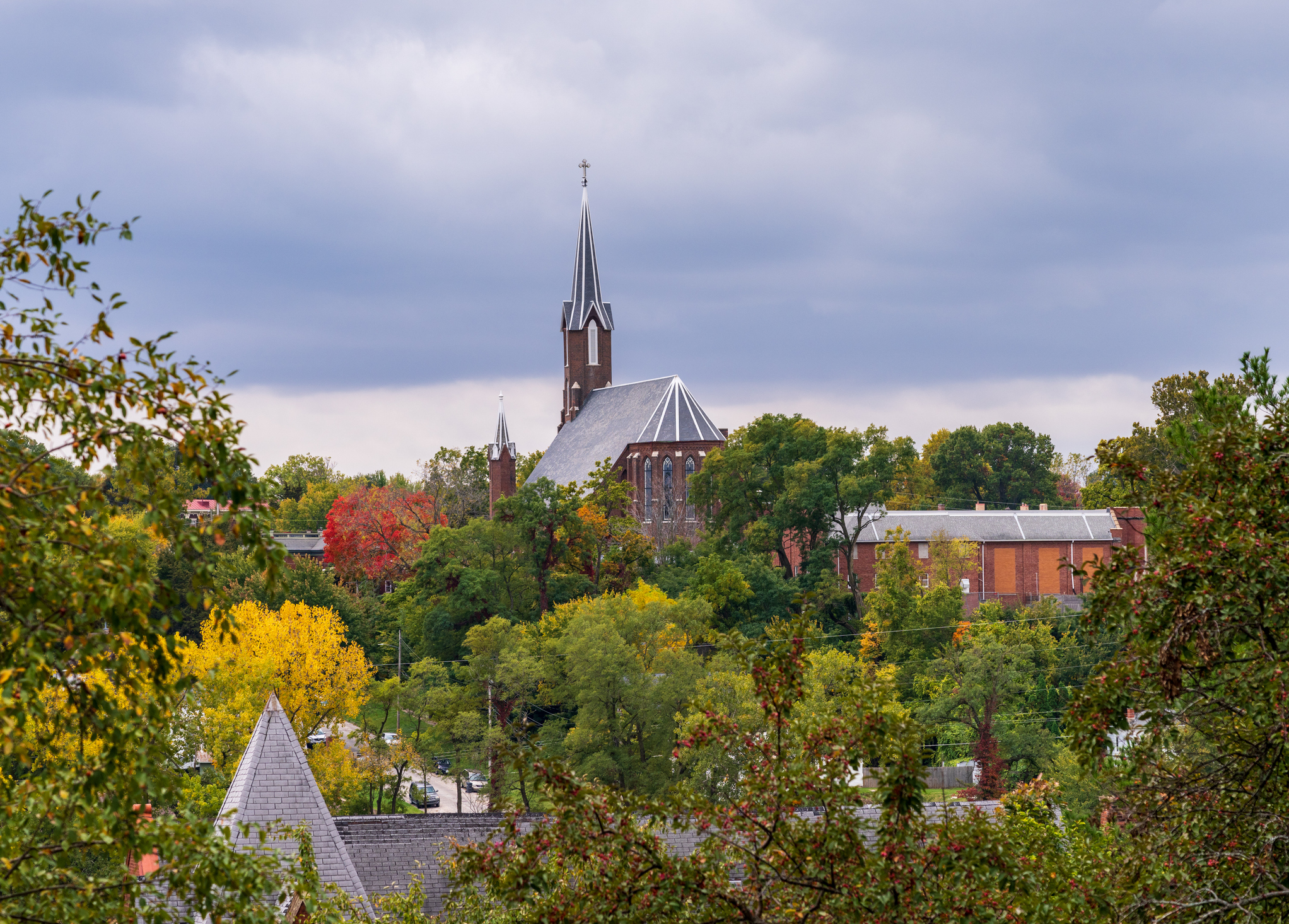 15 Cheapest Small Towns to Live In
15 Cheapest Small Towns to Live InThe cheapest small towns might not be for everyone, but their charms can make them the best places to live for plenty of folks.
-
 Best Cold Weather Places to Retire
Best Cold Weather Places to RetirePlaces to live Some like it hot; others, not so much. Here are the 12 best places to retire if you can't stand the heat.
-
 The 24 Cheapest Places To Retire in the US
The 24 Cheapest Places To Retire in the USWhen you're trying to balance a fixed income with an enjoyable retirement, the cost of living is a crucial factor to consider. Is your city the best?
-
 The Six Best Places to Retire in New England
The Six Best Places to Retire in New Englandplaces to live Thinking about a move to New England for retirement? Here are the best places to land for quality of life, affordability and other criteria.
-
 Best Cold Weather Places to Retire
Best Cold Weather Places to Retireplaces to live Some like it hot; others not so much. Here are the 12 best places to retire if you can't stand the heat.
-
 15 Ways to Prepare Your Home for Winter
15 Ways to Prepare Your Home for Winterhome There are many ways to prepare your home for winter, which will help keep you safe and warm and save on housing and utility costs.
-
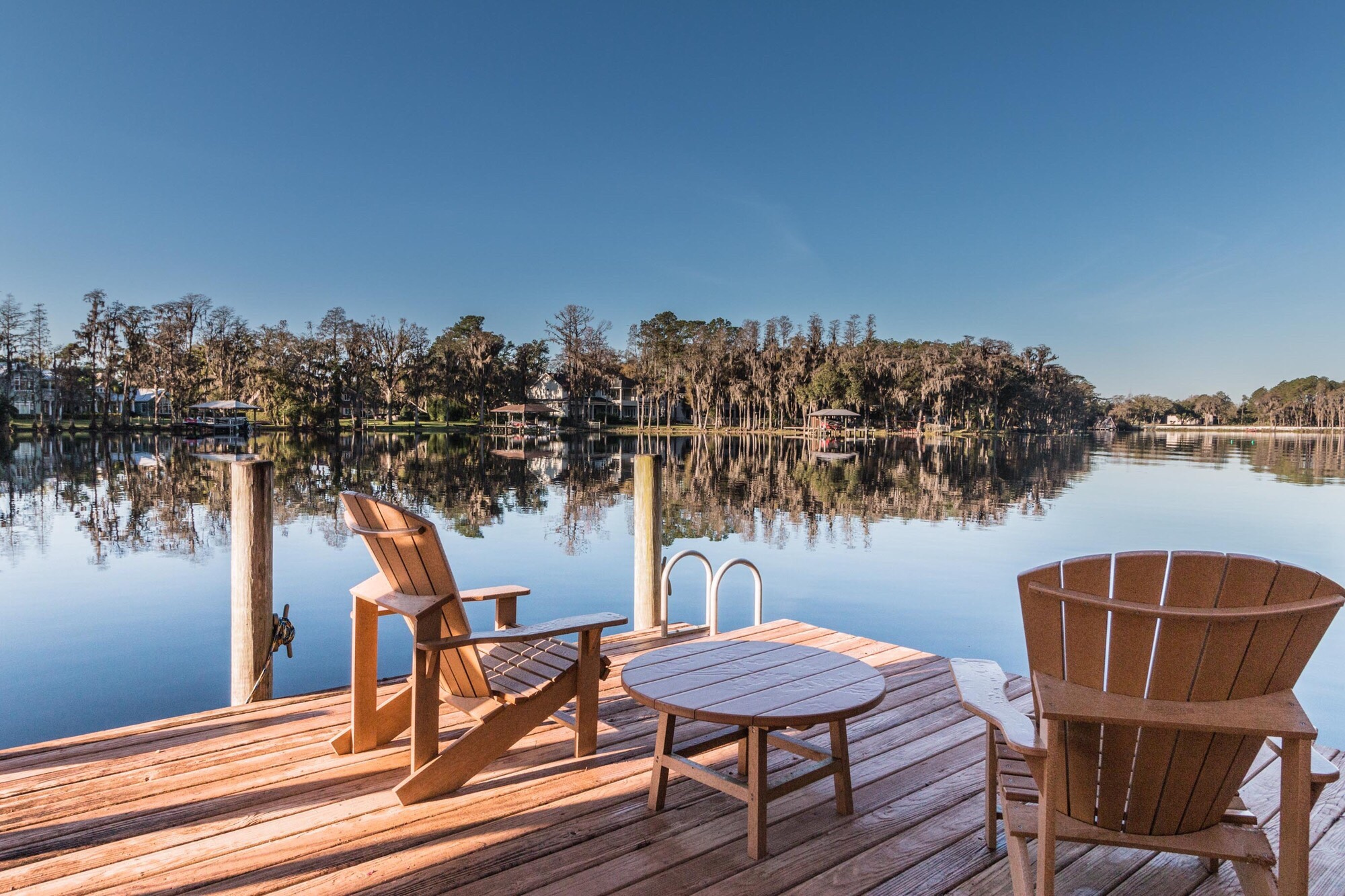 5 Great Places to Buy a Vacation Home
5 Great Places to Buy a Vacation HomeWant a vacation home for remote work or a fun getaway? Here are locations with median prices under $500K.
